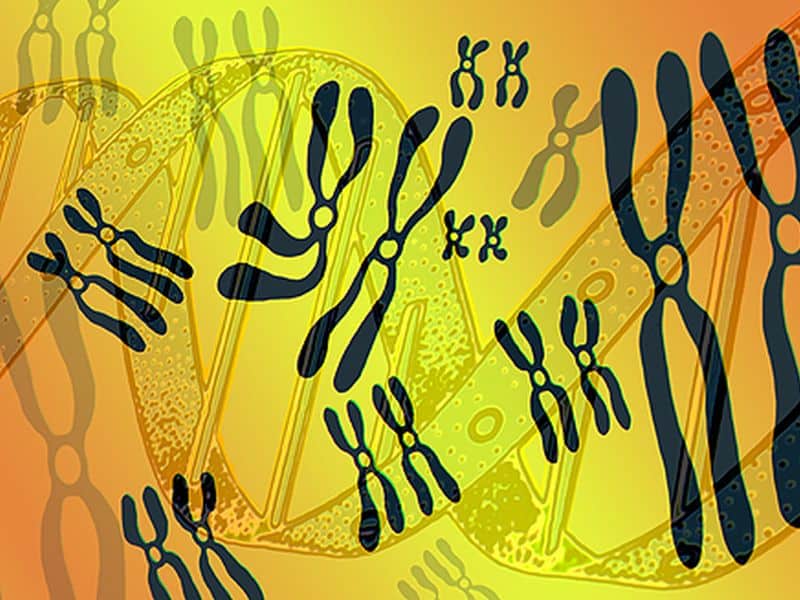WEDNESDAY, March 27, 2019 (HealthDay News) — Higher levels of sex hormones, especially estradiol (E2), are associated with leucocyte telomere length (LTL) in older men, according to a study published in the April issue of Clinical Endocrinology to coincide with the annual meeting of The Endocrine Society, held from March 23 to 26 in New Orleans.
Bu B. Yeap, M.B.B.S., Ph.D., from the University of Western Australia in Perth, and colleagues used cross-sectional data for 2,913 men aged a mean of 76.7 ± 3.2 years with morning blood samples to examine the correlation between testosterone (T) and its bioactive metabolites (dihydrotestosterone [DHT] and E2) with telomere length.
The researchers found that per decade of age, the average difference was −0.46 nmol/L for T, −0.11 nmol/L for DHT, −7.5 pmol/L for E2, +10.2 nmol/L for sex hormone-binding globulin (SHBG), and −0.065 for LTL (expressed as T/S ratio). There was a positive correlation for E2 and an inverse correlation for SHBG with the T/S ratio. E2 correlated with the T/S ratio after multivariable adjustment, while no correlation was seen for T and DHT. E2 remained positively associated and SHBG was negatively associated with the T/S ratio when E2 and SHBG were simultaneously included.
“If future research finds that sex hormone exposure modulates biological aging in men, we would need to test the effect on biological age of giving men testosterone, which is then converted to estradiol,” Yeap said in a statement.
Abstract/Full Text (subscription or payment may be required)
More Information
Copyright © 2019 HealthDay. All rights reserved.



